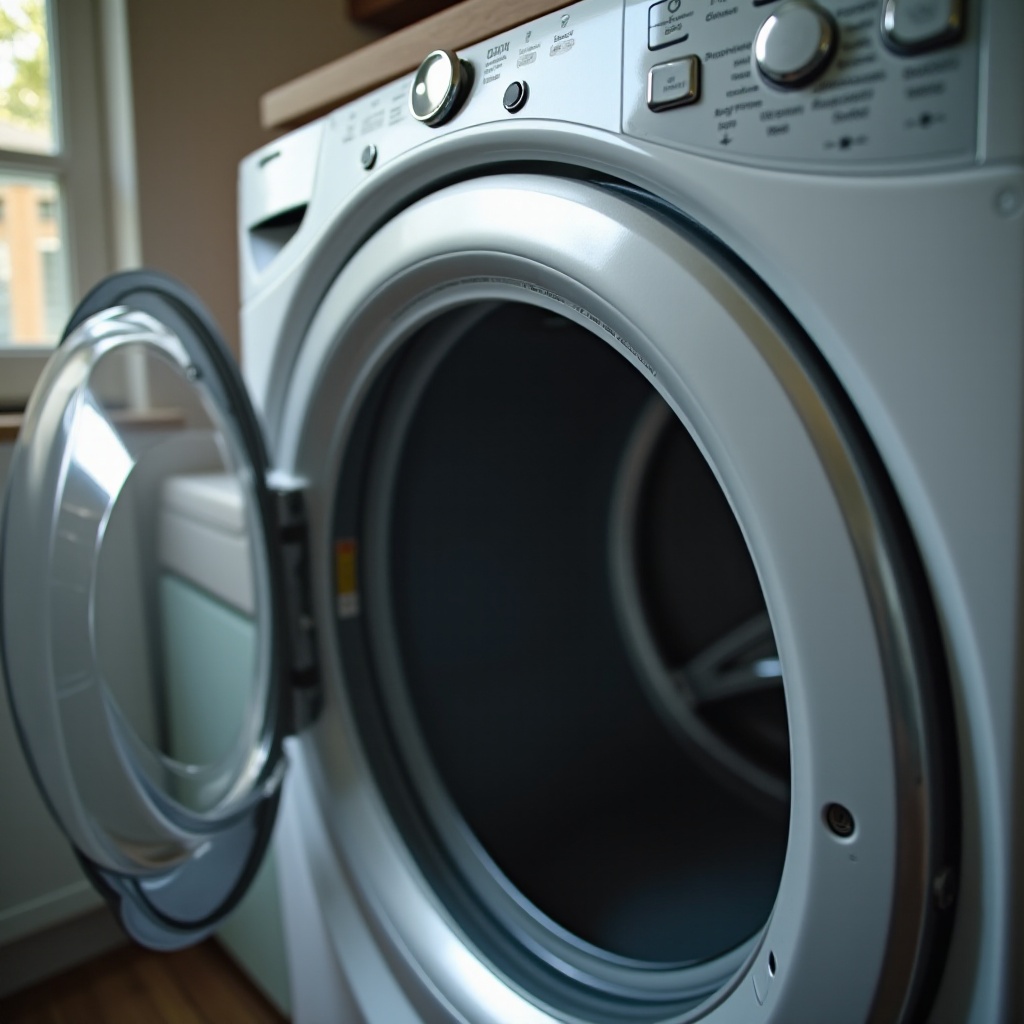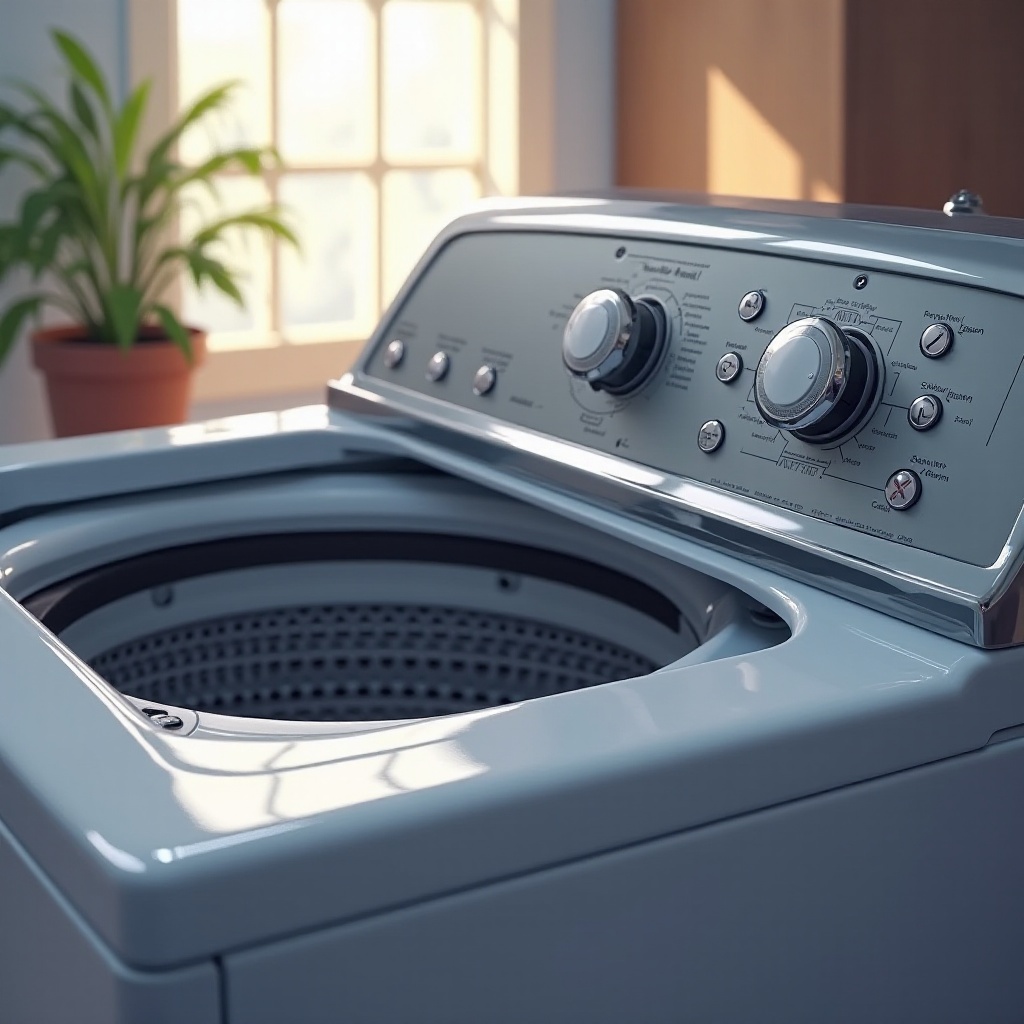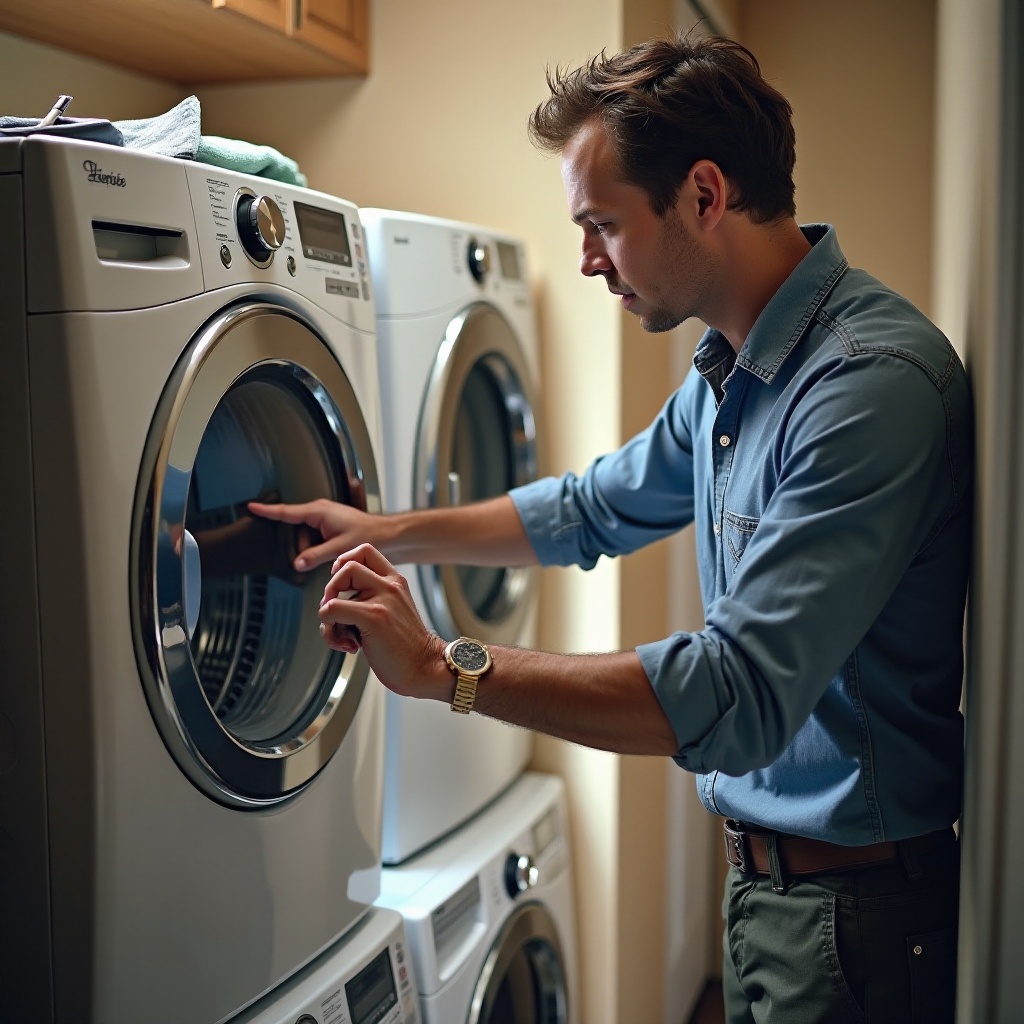Introduction
Experiencing interruptions with your Whirlpool dryer can be a hassle. When your dryer stops in the middle of a cycle, it disrupts your routine. Understanding the underlying causes is essential to troubleshoot effectively and keep your appliance running smoothly.
Whirlpool dryers are renowned for their durability, yet, over time, wear and tear can lead to issues such as sudden stops. These interruptions might stem from simple mistakes or more complex mechanical problems. Understanding these potential problems can help you implement solutions to keep your dryer functioning efficiently.

Common Reasons for a Stopping Dryer
Before diving into technical repairs, investigate these common reasons that could cause your Whirlpool dryer to stop unexpectedly:
Overloading the Dryer: One frequent issue is overloading. If you pack too many clothes into the drum, it may lead to overheating or inadequate tumbling, prompting the dryer to shut off as a safeguard. Make sure to respect the dryer's load capacity and avoid overfilling.
Power Supply Issues: Reliable operation depends heavily on a steady power supply. Verify that the plug is secure in the outlet and inspect the power cord for damage. It's also wise to inspect the home's circuit breaker to ensure it's not tripped, as this could disrupt the dryer's power supply.
Lint Filter and Vent Blockages: Accumulated lint in the filter or vent can lead to overheating and trigger your dryer to stop. Regular maintenance, like cleaning the lint filter after every cycle and checking the vent system every few months, prevents blockages and enhances performance.
Addressing these issues can help determine if more intricate repairs are needed.
Mechanical Malfunctions and Solutions
Sometimes, basic fixes aren't enough, and mechanical problems are to blame. Components such as the door switch, motor, belts, or pulleys could be malfunctioning. Here's a closer look:
Faulty Door Switch: The door switch ensures your dryer stops when the door opens. A defective switch might cause stops even with the door closed. To test, press the switch manually; if it doesn't click, you may need a replacement.
Defective Dryer Motor: A worn motor might overheat and halt operations. Listen for unusual sounds or a burning odor, as these signals might indicate motor issues. If this is the case, professional assistance may be necessary for motor replacement.
Broken Belt or Pulley: Without a functional belt, the drum won't turn, resulting in cycle interruptions. Inspect for any wear or damage. Replacing a belt is often a manageable DIY project with basic tools, restoring dryer functionality.
Whilst these mechanical challenges might require more technical expertise, they are often solvable with the correct approach.

Sensor and Control System Problems
Modern dryers rely on sensors and controls for optimal performance. Misalignments in these systems can cause a dryer to stop prematurely:
Malfunctioning Moisture Sensor: The moisture sensor stops the cycle once clothes dry. If malfunctioning, it might inaccurately signal the dryer to stop. Cleaning the sensor to remove residue might fix misreads, or a replacement might be needed.
Timer Control Faults: Timers track cycle duration. If faulty, they might shut the dryer prematurely. Replacing a malfunctioning timer could be necessary to ensure accurate cycle management.
Recognizing these sensor and control problems is integral to resolving dryer interruptions effectively.
DIY Troubleshooting and Maintenance
Proactive maintenance can prevent many hassles. These steps can help maintain your dryer's performance:
Routine Cleaning Practices: Habitually clear lint from filters and examine the exhaust for blocks.
Adjusting Load Size: Smaller loads prevent overloading, improving efficiency and balance.
Checking the Drum Components: Regularly inspect belts and pulleys. Tighten or replace as needed to avoid operational issues.
These simple, yet effective measures extend your dryer’s lifespan and minimize unexpected breakdowns.
When to Call a Professional
If your efforts don't resolve the issues, it may be time to consult a professional technician. Persistent problems or complex electrical and mechanical issues require expert diagnosis and repair to ensure safety and functionality.

Conclusion
A Whirlpool dryer stopping mid-cycle can stem from both simple and complex factors. Identifying basic issues like load size and lint buildup provides a good starting point. Addressing mechanical or sensor problems will often require deeper inspection. Should these efforts fall short, professional help ensures your dryer remains a critical asset in your home.
Frequently Asked Questions
Can I fix my Whirlpool dryer stopping issue myself?
Yes, many common problems can be fixed with basic troubleshooting, such as checking power supplies and cleaning lint filters. Complex issues might need professional help.
How often should I clean the lint filter and vents?
Clean the lint filter after each drying cycle. Check and clear vents every few months to prevent blockages and ensure optimal airflow.
What should I do if the problem persists after troubleshooting?
If the dryer continues to stop unexpectedly, consult a professional technician. Persistent mechanical or electrical problems require expert evaluation and repair.
